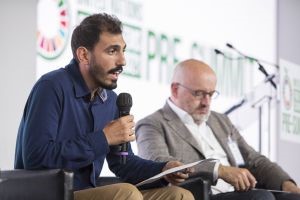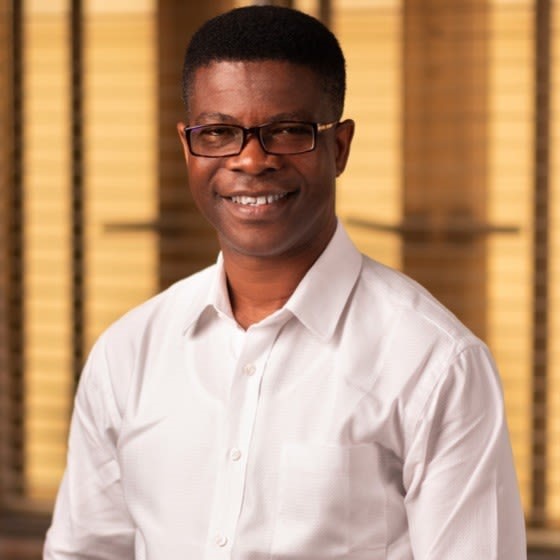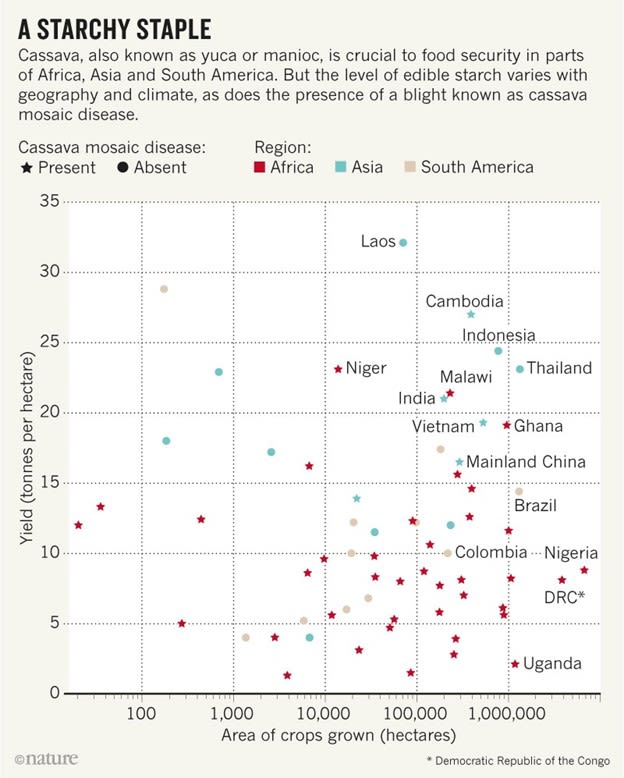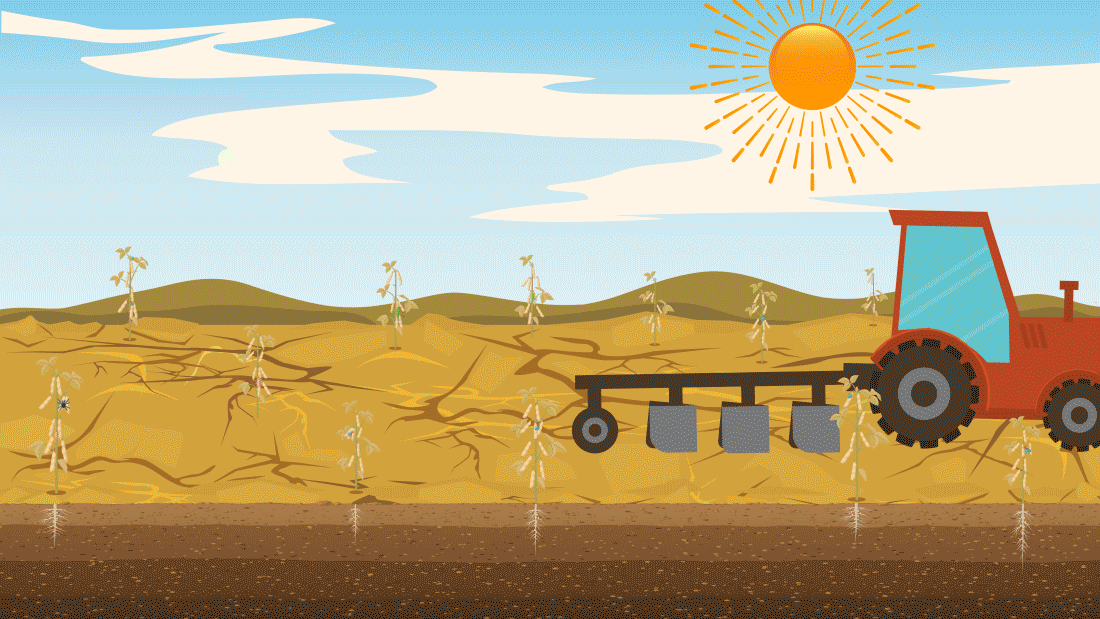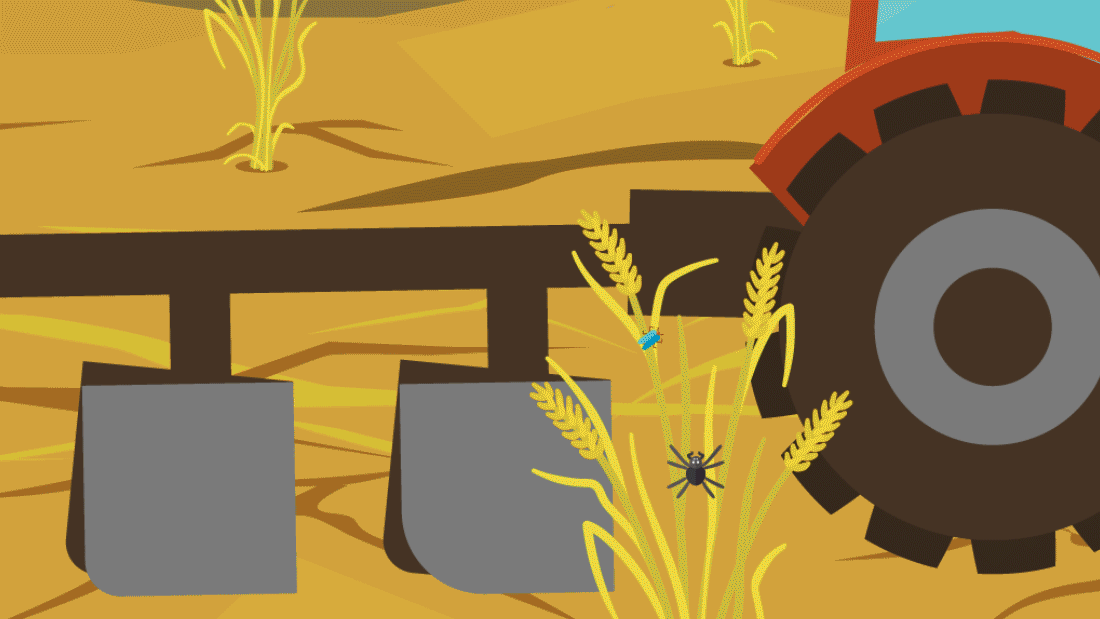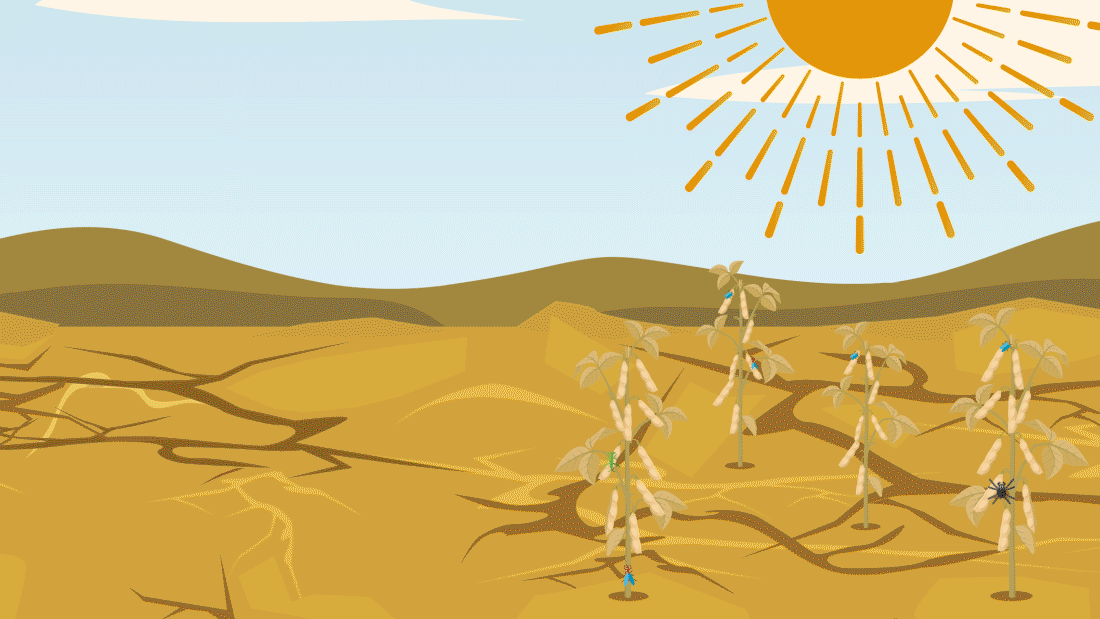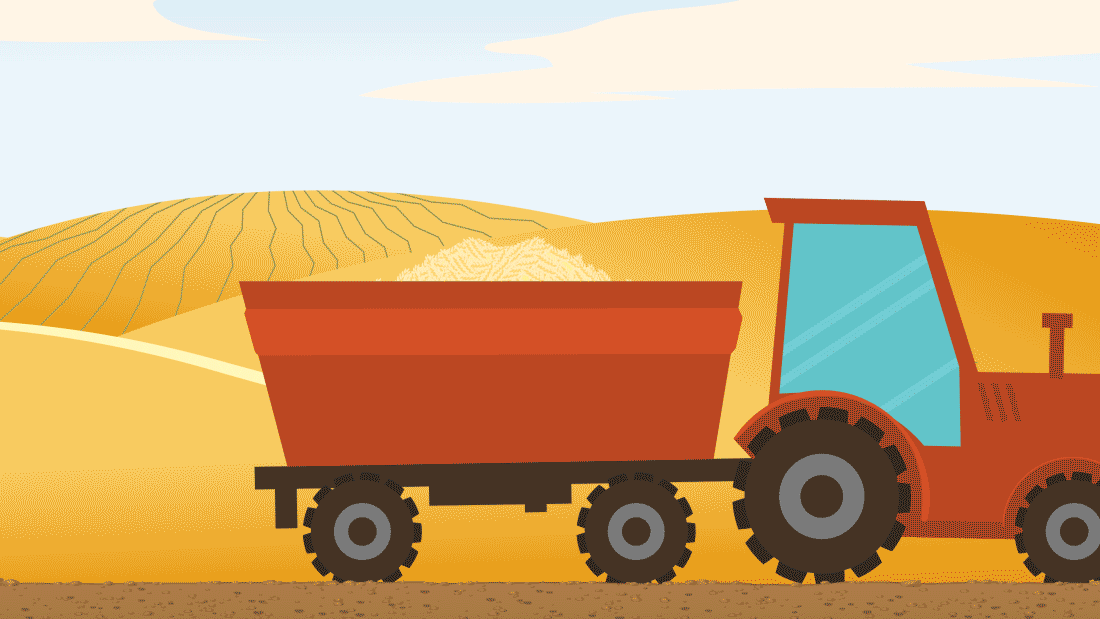In case you’ve missed any of our recent podcasts, now is the perfect time to catch up! We’ve covered some insightful interviews from great leaders in the field of agriculture that you won’t want to miss. Whether you’re looking for the latest innovations, expert opinions, or just some engaging conversations, revisiting these episodes will definitely be worth your while. Take a moment to look back and enjoy the valuable content we’ve shared with you!
Ep37 | Emily Rees on Agricultural Innovation and Sustainable Food Systems
In this podcast, hear out Emily Rees, President and CEO of CropLife International, as she emphasizes how agriculture and ag innovation plays a big role in attaining sustainable food systems around the globe. She also touches on challenges that women experience that prevents them to have full participation in different aspects.
Enabling functioning supply chains, supporting policies, continuous research and development of technologies for a climate smart agriculture – just to name a few of the advocacies and program that CropLife and its members support.
Ep 38 | Prajwal Shahi on Smallholder Farmers and the Importance of Partnerships
Prajwal Shahi, Portfolio Advisor – Agriculture, PRISMA, talks about important innovations that help elevate the livelihoods of smallholder farmers. Here, Prajwal highlights the importance of public-private partnerships in pushing agendas forward to alleviate climate change, and also in ensuring a better life for the smallholder farmers.
Ep 39 | Khalil Hegarty on the ASEAN Food Systems Sustainability Report
Here, Khalil Manaf Hegarty, Director of Oxley Hegarty and author of the ASEAN Food Systems Sustainability, speaks about the diversity of food systems, culture and regions, making the idea of “one-size-fits-all” a faulty concept. He also provides context about the EU Green Deal for the food and agriculture industry.
In Ep 40, Erika Balzerelli, founder of The Sustainable Smallholder, highlights the trends and patterns in the challenges that smallholder farmers face, as well as the roles that cultures and traditions can play in the ways of engaging effectively with them. Learn about the importance of engaging smallholder farmers, and how existing technologies paired with an effective system of providing education and accessibility can help improve the livelihood of smallholder farmers, while being sustainable.
While in Ep 41, we got to discuss about the beginning of the food system – Seeds. Let’s engage with Francine Sayoc, Executive Director of The Asia and Pacific Seed Association (APSA) as she highlights the importance of educating farmers on the legalities of seeds and the tools that would help farmers with their livelihood. She also stated how public-private partnerships are essential in agriculture, both to the farmer, and the food supply chain.
Hope you had a blast in listening to our podcasts! Subscribe in Asia’s Farm to Fork: 5 Good Questions Podcast through the different channels below.






